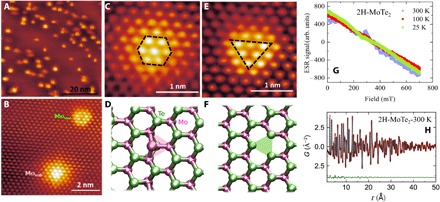Fig. 4. Observation of intrinsic defects in 2H-MoTe2 through STM and sample characterizations.

(A) Large-scale atomic-resolution STM topography (20 nm) of the MoTe2 surface. The image reveals an approximately uniform density of two types of defects over the entire surface. The STM topography was taken at −1.25 V and −100 pA set point. (B) Small-scale atomic-resolution STM topography (2 nm) shows that these two types of defects are mainly substitutional Mo atoms at Te sites (Mosub) and Mo vacancies (Movac). (C and D) Local STM topography (1 nm) and DFT + U–optimized geometry for Mosub defect, respectively. The observed atoms in (C) are those at the top layer of tellurium, with an increased topographic height profile at the center of the six brightest spots. We attribute this to a molybdenum replacement of a tellurium atom. (E and F) Local-scale STM topography (1 nm) and DFT + U–optimized geometry of the second type of defects observed, respectively. The image in (E) shows a depression in the topographic height profile, centered between three tellurium atoms. On the basis of the symmetry, we attribute this to a molybdenum vacancy under the layer of tellurium. (G) ESR spectra for 2H-MoTe2, recorded at various temperatures. (H) PDF average structure refinements for 2H-MoTe2 at 300 K fitted to the hexagonal 2H-structure model.
